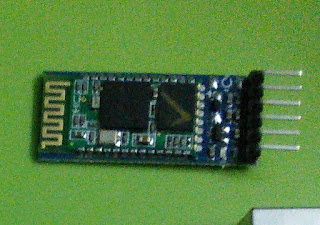When we write numbers, we have ten different digits that we can put in each place (0-9). After that we need to add a new column of digits and we keep going. This is called the decimal system (or base 10). What would happen if instead of using ten digits we used eight, or two, or even sixteen? Well, what happens is instead of a decimal system we would have what's called binary, octal, or hexadecimal systems (base 2, base 8, and base 16). We use subscripts to denote the system we are using: 9876 10 is decimal (if we don't use a subscript we assume we are using decimal), 7653 8 is octal, 1010 2 is binary, and BEEF 16 is yummy hexadecimal. Binary – binary just has 1s and 0s. But much of our world is binary. Light switches are either up or down, your computer is either on or off, our servers are either currently up or down (hopefully up). Because computers are made up of billions of little switches (called transistors), they do calculations in binary. Everything in your



